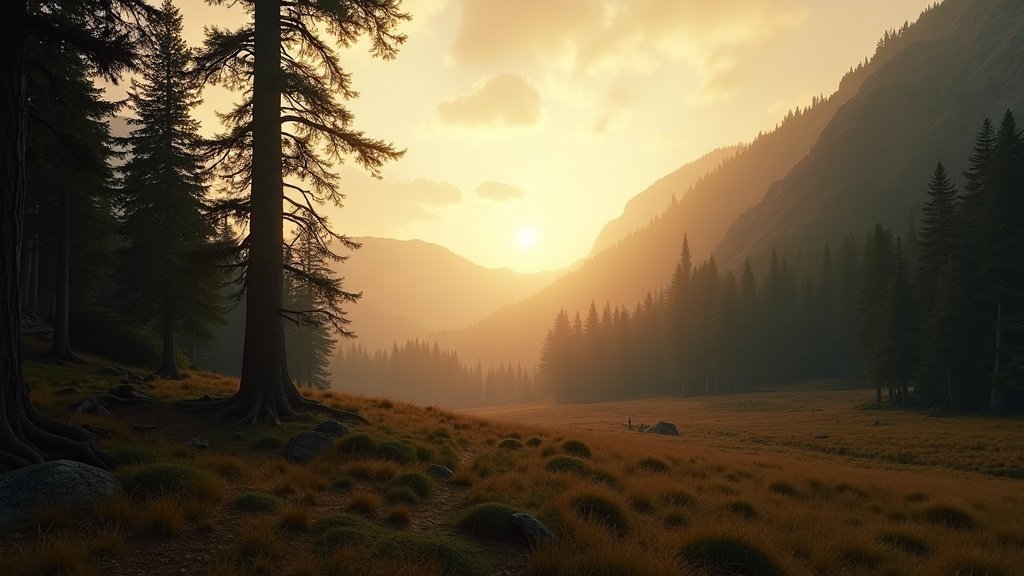Eastern Oregon’s vast Blue Mountains region, encompassing nearly 5 million acres across the Malheur, Umatilla, and Wallowa-Whitman national forests, is on the cusp of significant land management changes. After more than 15 years of contentious debate and two withdrawn proposals, the U.S. Forest Service is nearing finalization of a new land management plan designed to balance ecological health, recreational opportunities, and vital resource industries such as logging and ranching. This article explains oregon blue mountains land management and why it matters.
A Legacy of Revision and Contentious Debate — Oregon Blue Mountains land management
The current effort to update management plans, which date back to 1990, has been a long and arduous journey. Previous attempts to revise these foundational documents faltered, with proposals in 2015 and 2019 being rescinded due to widespread criticism. The 2019 plan, in particular, was widely panned for being overly prescriptive and confusing, failing to satisfy diverse stakeholder groups, from motorized access advocates to conservation organizations and local county commissioners. This history highlights the complexity and deeply held, often opposing, views surrounding the management of these ecologically rich and economically important lands.
Balancing Competing Interests in a Diverse Landscape
The Blue Mountains ecoregion is a sprawling, diverse landscape featuring deep canyons, dense forests, and vast grasslands, supporting a variety of industries including agriculture, livestock, forest products, and recreation. The proposed plan aims to navigate these competing interests, seeking a delicate balance between conservation goals and the needs of resource-based economies. Key stakeholders include local governments, tribal nations, environmental groups, timber industry representatives, ranchers, and recreational users, all of whom have a vested interest in the future direction of forest management.
The Old-Growth Dilemma: Guidelines Over Guarantees?
A central point of contention in the current draft plan is a proposed shift towards a guideline-based management model, employing “shoulds” rather than strict “musts” for protecting old-growth trees. Environmental groups and some researchers express deep concern that this less prescriptive approach could weaken protections for mature and ancient forests, which are crucial for biodiversity, carbon storage, and ecosystem resilience. Scientific studies have indicated high mortality rates among old-growth trees in the region due to overcrowding, climate change impacts, and insect infestations, fueling calls for more robust conservation measures. Conversely, a previous proposal had been criticized for being too restrictive, illustrating the tightrope the Forest Service must walk.
Impact of Federal Shutdowns and Staffing Cuts
The finalization process is further complicated by the ongoing federal government shutdown. The shutdown has led to furloughs and reduced staffing within the U.S. Forest Service, potentially impacting the pace and thoroughness of operations, including plan development and public engagement. Historically, federal shutdowns have slowed communication, delayed crucial oversight, and hindered long-term planning, raising concerns about the timeline and stability of the current revision effort.
Public Input and the Path Forward
A critical phase of the revision process involved a public comment period on the preliminary draft plan, which concluded on Monday, October 6, 2025. The Forest Service is working to incorporate public feedback and tribal consultation as it moves toward developing a draft environmental impact statement, expected within the next year. The agency aims to have the revised land management plans finalized around the end of 2027. This extensive planning process, guided by the 2012 Planning Rule, will set the management framework for the Blue Mountains’ nearly 5 million acres for the next 15 years, influencing everything from timber harvest volumes to wildlife habitat protection and recreational access across this significant portion of Oregon’s public lands.
Further reading: Related News on Google




